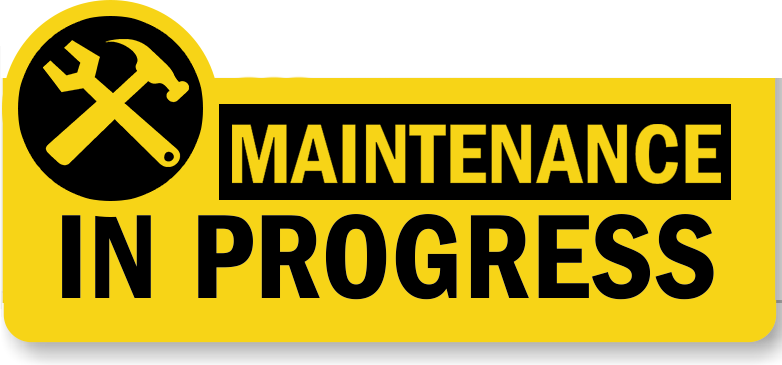What Is Reverse Withdrawal and Should You Disable It?
If you're managing a vendor marketplace, you've probably encountered the term reverse withdrawal and wondered if it’s truly necessary or just another layer of complexity. This feature impacts how vendors receive and manage earnings, especially when dealing with cash payments. But while it promises greater control and transparency, it also brings along certain risks and ethical debates. So, before you make any changes, it’s worth considering what reverse withdrawal really means for your business and its reputation.
Understanding the Concept of Reverse Withdrawal
Running an online marketplace involves complex payment management, particularly concerning Cash on Delivery (COD) transactions. An important aspect of this process is the management of commissions, which can be addressed through the implementation of reverse withdrawals. This feature allows vendors to reimburse the marketplace administrator for commissions or fees associated with COD sales.
The setup for reverse withdrawals is straightforward and can be configured within the WP-Admin settings. This integrates the feature with vendor earnings and the selected payment gateway. Vendors can monitor their reverse withdrawal balance through their dashboard, allowing them to initiate a Withdrawal Request by selecting the “Pay Now” option.
It is important to note that the reverse withdrawal mechanism also considers any refunds issued to customers. Consequently, administrators are required to approve these refunds, which can subsequently influence the final amounts available for reverse withdrawal.
This functionality aims to streamline the financial interactions between vendors and the marketplace, ensuring clarity and accountability in the payment process.
How Reverse Withdrawal Works in Vendor Marketplaces
Reverse withdrawal is an important mechanism in vendor marketplaces, particularly concerning the management of commissions and payments. In a scenario where vendors accept direct payments from customers through options such as Cash on Delivery, reverse withdrawal becomes a necessary process for managing their financial responsibilities.
Upon receiving payments, vendors can track their finances through a dashboard that displays their reverse balance—indicating the amount owed back—and historical transaction statistics. This allows vendors to maintain insight into their financial obligations.
The administration of the marketplace plays a crucial role in facilitating reverse withdrawals. The feature is activated by the admin, who also determines the threshold for the reverse balance that needs to be met before any repayment is initiated.
Prior to executing any transaction involving a reverse withdrawal, the admin is responsible for manually approving the request, which serves to enhance accountability and ensure that transactions are appropriate and justified.
Furthermore, each instance of a reverse withdrawal is recorded within the admin's dashboard. This logging process is critical for maintaining transparency and providing a clear audit trail for all stakeholders involved, ensuring that both vendors and administrators can effectively monitor and review financial exchanges within the marketplace.
Steps for Configuring Reverse Withdrawal Settings
To configure reverse withdrawal settings in your vendor marketplace using WordPress, follow these specific steps within your admin panel.
Navigate to WP-Admin > Dokan > Settings, where you'll find the option to enable Reverse Withdrawal functionality. For vendors to access this feature, it's important to select an appropriate payment gateway that supports reverse withdrawals, such as Cash On Delivery (COD).
Additionally, you'll need to determine the method of managing vendor payments. This can be done either by setting an Amount Limit or opting for a Monthly management system.
It's crucial to specify parameters such as the Reverse Balance Threshold, Monthly Billing Date, and Grace Period, as these elements will directly influence the operational framework of reverse withdrawals.
Finally, ensure that all changes are saved properly to facilitate an efficient payment process for vendors.
Key Benefits and Challenges of Enabling Reverse Withdrawal
When configuring reverse withdrawal settings in a marketplace, it's essential to evaluate the associated benefits and challenges. One primary advantage of reverse withdrawal is the simplification of commission management, as it automates the payment process for vendor earnings. This can lead to reduced administrative workload since manual oversight of each payout is minimized.
In addition, this system can enhance operational efficiency by providing more flexible account controls and facilitating detailed transaction reporting, which can aid in financial oversight.
However, there are notable challenges that organizations must consider. For instance, the implementation of reverse withdrawals may result in delayed payments, which could lead to dissatisfaction among vendors.
Furthermore, the option for users to reverse withdrawals has the potential to foster risky behaviors, including an increase in gambling tendencies among some users. It's important to carefully evaluate these operational benefits against the potential financial and ethical implications before proceeding with the implementation of reverse withdrawal features.
Considerations Before Disabling Reverse Withdrawal
When considering the option to disable reverse withdrawal on your marketplace, it's essential to evaluate several key factors. Primarily, consider the potential impact on gambling behaviors, as the removal of this feature may lead to an increase in such activities. Conversely, vendors often expect a degree of financial flexibility, which reverse withdrawal can provide.
Disabling reverse withdrawal may clarify the withdrawal process for vendors, thereby reducing disputes related to earnings and associated delays. This is particularly relevant for marketplaces that operate on a Cash On Delivery (COD) basis.
However, it's crucial to assess how this change might affect vendors' cash flow, especially if they require timely access to their funds.
A thorough analysis of vendor payment patterns is advisable. If reverse withdrawal predominantly contributes to confusion or financial risk, its removal could enhance accountability and improve operational efficiency.
Careful consideration of these factors can lead to a more informed decision regarding the management of withdrawal processes within the marketplace.
Conclusion
Ultimately, deciding whether to disable reverse withdrawal comes down to your marketplace’s needs and your approach to vendor payments. If you value transparency and control over cash-on-delivery commissions, keeping this feature can help. However, if you’re concerned about delayed payouts or ethical issues, it might be wise to consider disabling it. Weigh the benefits against the risks carefully, and don’t hesitate to adjust your settings as your business and priorities evolve.













